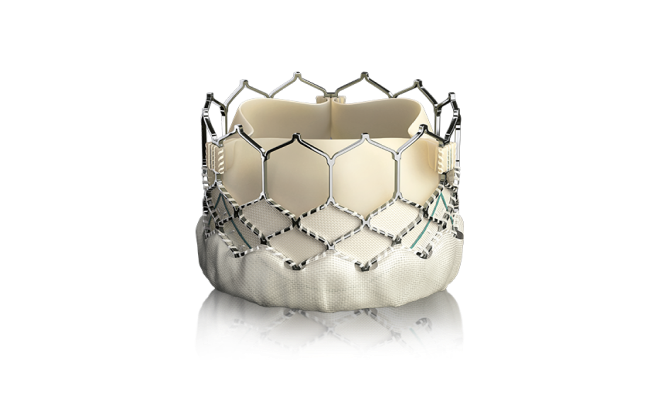References:
1 Leon MB, Smith CR, Mack M, et al. N Engl J Med 2010; 363:1597-1607.
2 Smith CR, Leon MB, Mack MJ, et al. N Engl J Med 2011;364:2187-2198.
3 Leon MB, Smith CR, Mack MJ, et al. N Engl J Med 2016;374:1609-1620.
4 Kapadia SR, Leon MB, Makkar RR, et al. Lancet 2015;385:2485-2491.
5 Thourani VH, Kodali S, Makkar RR, et al. Lancet 2016;387:2218-2225.
6 Mack MJ, Leon MB, Smith CR, et al. Lancet 2015;385:2477-2484.
7 Webb JG, Doshi D, Mack MJ, et al. JACC Cardiovasc Interv 2015;8:1797-1806.
8 Mack MJ et al. N Engl J Med. 2019;380(18):1695-1705.
9 Tamburino C, Barbanti M, Capodanno D et al. Am J Cardiol 2012;109:1487–1493.
10 Hamm CW, Möllmann H, Holzhey D et al. Eur Heart J 2014;35:1588–1598.
11 Kleczyński, P, Bagieński M, Sorysz D, et al. Kardiol Pol 2014;72:612–616.
12 Baron SJ, Magnuson EA, Lu M, et al. J Am Coll Cardiol 2019;74(23):2833-2842.
13 Baron SJ, Arnold SV, Wang K, et al. JAMA Cardiol 2017;2:837-845.
14 Reynolds MR, Magnuson EA, Wang K, et al. J Am Coll Cardiol 2012;60:548-558.
Medical device for professional use. For a listing of indications, contraindications, precautions, warnings, and potential adverse events, please refer to the Instructions for Use (consult eifu.edwards.com where applicable).
PP--EU-0768 v2.0


